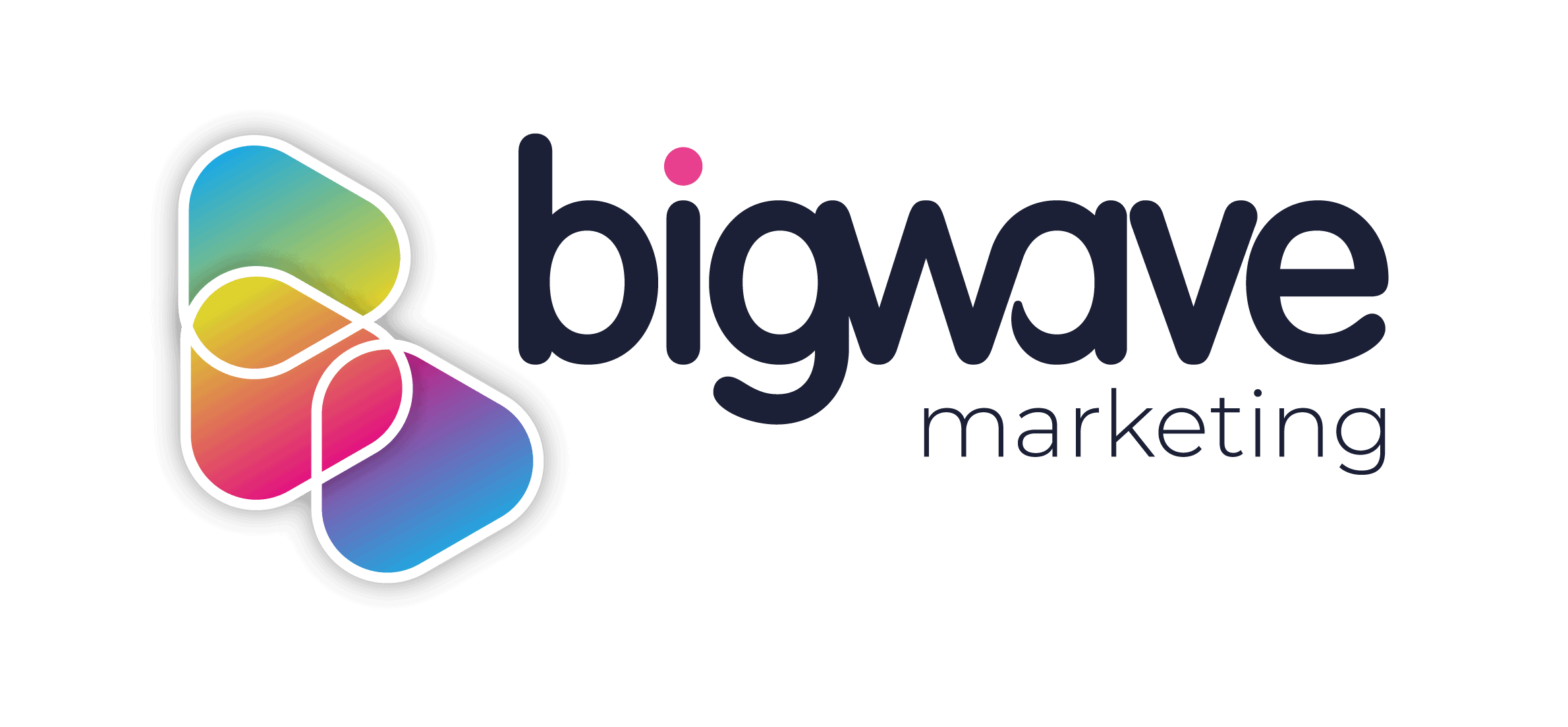
Freya Insoll is an Arabic and Islamic Studies undergrad at the University of Exeter and our Digital Marketing Intern. As soon as Freya’s studies are complete, she is eager to get into the health and beauty industry, ideally on the PR side of things.
Over the past 10 years, the world of beauty marketing has modernised and adapted at an unprecedented pace; the boom in diversity awareness and an increasingly digitalised audience has led brands to embrace new and progressively savvier marketing strategies.
In order to ensure their position at the head of the beauty pack, brands have recognised the diversity of their consumer audience and have thus responded with an increasingly broad range of products suitable for all skin tones, genders and ages. With the aim of effectively conveying the changing nature of beauty culture and the advance in product availability, brands have moved from more traditional modes of advertising (such as print and broadcast) towards a more social media-centric approach.
With beauty marketing developing at such a rapid rate, what are the most notable developments and brand moves of the past couple of years?
The Glossier Effect
The beauty community and marketing world alike have been abuzz with the name ‘Glossier’ – a relatively new and astonishingly successful beauty and skincare company.
Glossier has taken a self-proclaimed ‘holistic’ approach to beauty marketing, utilising ‘User Generated Content’ (UGC) and formulating and changing products based solely on consumer response. The brand is extremely active on social media (specifically Instagram), having built up its company profile off the back of founder Emily Weiss’s lifestyle blog, ‘Into the Gloss’.
Glossier has been unique in it’s almost immediate rise to cult status, this level of consumer devotion has been achieved by the marketing teams intelligent use of Instagram and strategy. The brand frequently interacts with users online, answering queries and responding to comments. The company then take these comments and proactively brings about change in the products they provide, the best example of this being the recently released and much requested Glossier Suncream.
They cleverly tailor their online image to a certain demographic of consumer, with Weiss stating they:
“Cater to today’s woman who has five minutes to do her face before she’s flying out the door”.
The products are marketed as easy to use and stylish, coming in a signature pink shade of packaging along with the tagline “Beauty products inspired by real life.”. This lifestyle and image they promote has struck a chord with consumers, Glossier having amassed 2.1 million followers on Instagram alone.
Glossier have successfully translated their online image into physical flagship stores in New York and LA; their Instagram aesthetic of subtle pink and healthy glows has lent itself to Instagram friendly shops, complete with sloganed mirrors and an Instagrammable canyon replica.
As Glossier have achieved great success with their innovative and unique marketing approach (having been recognised with a number of top beauty community awards), other beauty brands have begun to follow suit. Glossier customers relentless devotion and adherence to the brand is an attribute many other beauty companies are striving to replicate; with savvy use of Instagram, unwavering dedication to communication and careful curation of user and brand content they may just be able to catch up.
Get Influencing
Increasing numbers of brands are turning to social media ‘influencers’ in order to drive sales; this practice is known as ‘Influencer Marketing’.
Influencers of varying degrees of popularity are frequently sent sample products by beauty brands and are then expected to review and share these products on their social media channels. Often the influencer is contractually obliged to share only positive reviews of the product and must incorporate the identity of the beauty brand into their own online persona.
This form of marketing is highly influential on the purchasing decisions of ‘Generation Z’ consumers; with 65% of the Generation Z age group relying on social media to find and subsequently purchase beauty products. Furthermore, this generation has shown an increasing desire for ‘authentic’ beauty products – placing great emphasis on sustainable consumption, body positivity and self-development. Brands have picked up on this change in attitude and have responded by employing diverse influencers with a clean and likeable image, who also tend to possess the desired air of authenticity.
A great example of the increasing commercial power of influencers is in Loréal’s ‘Beauty Squad’ campaign; the Beauty Squad is comprised of 7 of the UK’s most well-known and respected beauty bloggers. The influencers are of various ethnicities and ages, contributing to Loréal’s drive for greater inclusivity. The influencers produce a plethora of content for Loréal, providing consumers with a much-desired glimpse behind the scenes and extensive product reviews.
With the Beauty Squad Loréal has moved away from the domain of Macro Bloggers; the Squad has a combined reach of over 5million viewers on YouTube alone – although this pales in comparison to the reach of more prolific influencers such as Zoella (having 11million YouTube subscribers). Loréal have followed this route with the previously mentioned idea of ‘authenticity’ in mind, preferring to use smaller yet knowledgeable and trusted beauty influencers as opposed to polished celebrities. The campaign has proved successful, with net sentiment around their purpose-led campaign standing at an impressive 99%.
Where next?
Despite the huge amount of change that has already occurred in beauty marketing strategy, it doesn’t seem to be slowing down. Brands are predicting that marketing will continue to become more influencer led over the next 5 years, with many marketing professionals pledging to channel more of their campaign funds into influencer marketing. With the competition for consumers ever increasing, brands must continue to place themselves a cut above the rest with a strong dedication to customer service and careful online curation.
If you want to learn more about the centrality of ‘Influencer Marketing’ in brand development and awareness, get in touch with the digital marketing team at Bigwave Media.

